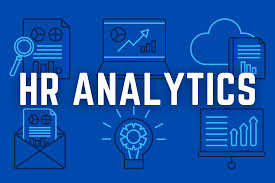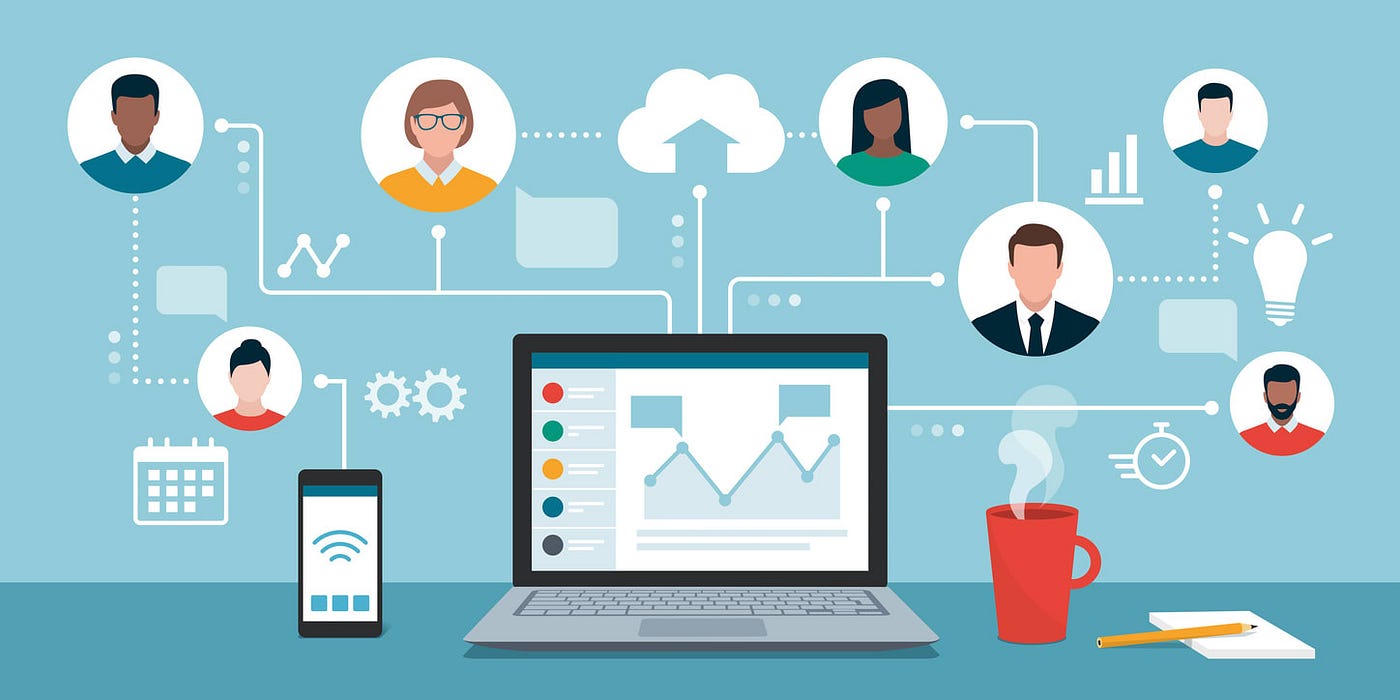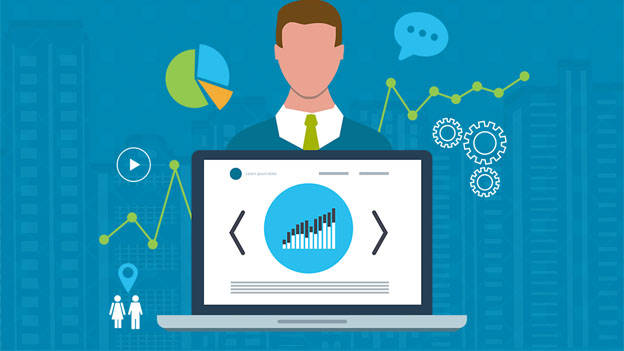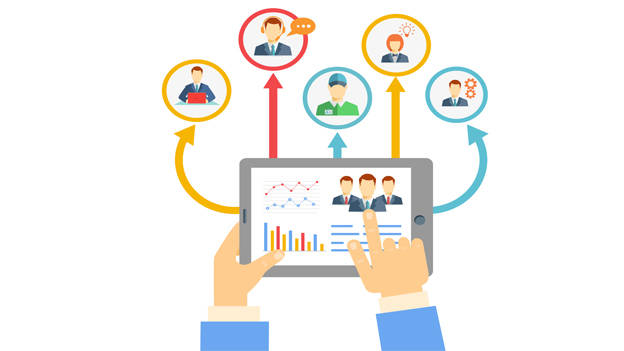
How can we help you today?
Registered Office
Infowan Technologies Pvt Ltd
Mumbai-401107. INDIA.
Contact Details
+91 98201 97205
+91 98201 26871
+91 98670 74415
support@infowan.net
info@infowan.net

In today's evolving business landscape, understanding what is HR analytics is crucial for any company aiming to improve employee performance, reduce attrition, and boost productivity. This data-driven approach to human resource management allows businesses to make smarter decisions that directly impact their workforce and bottom line.
Gone are the days when HR teams worked based on gut feelings or outdated metrics. With the rise of technology and data availability, modern HR departments now rely on HR analytics to gain insights, predict outcomes, and improve overall efficiency. Whether you're a startup or a multinational organization, knowing what is HR analytics and how to use it can give you a serious competitive edge.
Did You Know? If you're still relying on spreadsheets or outdated tools, it's time to explore modern HR and payroll software in India that supports deep analytical insights and improves workforce efficiency.
This guide will take you through everything you need to know — from the definition and benefits to practical examples, metrics, tools, and how to get started. By the end, you'll understand not just what is HR analytics, but how to implement it successfully in your organization.

To fully understand what is HR analytics, it helps to start with a clear definition. HR analytics, also known as People Analytics or Workforce Analytics, is the practice of collecting and analyzing human resources data to improve HR decision-making.
It focuses on using data related to hiring, employee performance, training, retention, compensation, and engagement to identify trends and create strategies that lead to better outcomes.
Businesses looking for streamlined operations often benefit from a fully integrated payroll management system that complements HR analytics by providing real-time compensation data.
Knowing what is HR analytics is just the first step. The next is understanding why it's essential for business growth.
HR analytics brings value by enabling companies to:
Make data-driven hiring and promotion decisions
Reduce turnover by identifying dissatisfaction early
Increase employee engagement and productivity
Optimize training programs and resource allocation
Predict talent shortages and plan accordingly
Here's how businesses benefit from implementing HR analytics:
Organizations that leverage robust payroll software are better positioned to align financial planning with HR forecasting, especially when scaling operations.
When exploring what is HR analytics, it's important to understand the different types it includes. Each type serves a unique purpose and helps organizations in specific ways.
The main types of HR analytics are:
Focuses on historical data. It helps you understand what happened in the past by analyzing trends and summaries of HR metrics. For example, looking at employee turnover over the last year.
Explores the reasons behind past outcomes. It helps determine why something happened. For instance, identifying why a department had unusually high resignations.
Uses past data to forecast future trends. It answers the question "What is likely to happen?" For example, predicting which high-performing employees might leave the company soon.
Provides suggestions and solutions. It helps HR leaders determine the best course of action by recommending strategies based on data. For instance, suggesting targeted training to improve productivity.
Using a cloud-based HRMS Payroll Software can support all four types of analytics by offering insights and actionable dashboards.

To implement HR analytics effectively, businesses must track the right metrics. Knowing what is HR analytics means understanding the numbers that drive results.
Here are the most commonly used HR metrics:
By consistently tracking these metrics, HR professionals can spot patterns, prevent issues, and demonstrate the value of HR efforts to company leadership — another reason why understanding what is HR analytics is essential.
Knowing what is HR analytics is only part of the picture — you also need to understand how it works in practice.
Here's how the typical HR analytics process unfolds:
Start with a clear question or problem you're trying to solve, such as "Why is turnover high in the sales department?"
Collect internal and external data from HR systems, surveys, performance reports, and exit interviews.
Ensure accuracy by removing duplicate entries, correcting errors, and standardizing formats.
Use tools and statistical models to identify patterns, trends, and anomalies in the data.
Translate the data into actionable recommendations for HR strategies and policies.
Implement the insights through programs or changes and track the outcomes to measure success.
This cycle repeats and evolves over time, allowing your organization to constantly improve its HR practices. That's the true value of understanding what is HR analytics — it drives continuous improvement.
Understanding what is HR analytics becomes clearer when you look at real companies using it effectively:
These examples show how organizations that understand what is HR analytics can make smarter decisions that benefit both employees and the company.
Many professionals wonder: What is HR analytics and how is it different from similar terms?
Here's a breakdown:
Focuses on traditional HR functions like recruitment, compensation, training, and benefits.
Takes a broader look at employee behavior, communication patterns, and team dynamics.
Includes both employees and non-traditional workers like freelancers and contractors, offering a wider scope.
Understanding these differences ensures that HR teams choose the right tools and strategies depending on their needs — and solidifies your understanding of what is HR analytics in context.

If you've been wondering what is HR analytics and how to start, here's a step-by-step guide:
When you understand what is HR analytics, starting small but strategically can deliver major returns in the long term.
To use HR analytics effectively, you need tools that can collect, process, and visualize data easily.
Look for tools that offer:
Integration with payroll, leave, and attendance systems
Real-time dashboards for quick insights
Talent and performance tracking modules
Predictive analytics for forecasting future trends
Cloud-based access for teams across locations
Strong data security and compliance features
Infowan's robust Payroll HRMS platform brings together HR data, attendance tracking, leave management, and performance evaluation into one integrated system. Make informed decisions quickly and improve workforce performance with powerful insights.
Request a Demo and start your data-driven HR journey today.
So, what is HR analytics? It's more than a buzzword — it's a powerful tool that transforms how organizations manage their most valuable asset: people.
By turning data into actionable insights, HR analytics helps companies hire better, retain longer, engage deeper, and lead smarter. It bridges the gap between HR and business performance, ensuring that every HR decision contributes to company goals.
Start small, stay focused, and evolve with data. The future of HR is analytical — and the time to start is now.
Q1. What is HR analytics and why is it important?
HR analytics is the practice of using data to improve HR decisions. It's important because it enables businesses to make informed choices about hiring, performance, and retention.
Q2. What kind of data is used in HR analytics?
Data from recruitment, employee performance, compensation, training, attendance, and engagement surveys.
Q3. Is HR analytics suitable for small businesses?
Yes, even small businesses can benefit from tracking key HR metrics to improve efficiency and reduce turnover.
Q4. How is HR analytics different from People Analytics?
HR analytics focuses on core HR functions, while People Analytics covers broader employee behavior and interaction patterns.
Q5. What are the top metrics in HR analytics?
Employee turnover, time to hire, absenteeism rate, cost per hire, and eNPS.
Q6. Can HR analytics predict employee resignations?
Yes, predictive analytics can help identify signs of disengagement that often lead to resignations.
Q7. What skills do HR professionals need to work with analytics?
Basic data analysis, Excel, understanding of HR software, and the ability to interpret data patterns.
Q8. How do I choose the right HR analytics software?
Look for software that integrates core HR functions, provides easy-to-use dashboards, supports compliance, and includes predictive analytics features.
Best HR Software in India | Top HR Software in India | What is an HR System? | Online HR Management Software | Best Payroll Software in India | Employee Payroll Management System | What is a Payroll System? | What is Payroll? | What is HRMS? | What is HR Management? | 7 Roles of HRM | What is Human Resources? | Top HR Interview Questions | What is HR? | HR Analytics Explained | What is HR Compliance? | Human Resource Management Guide | Best HRMS System | HR Management System Software | HR Software for Small Business | Best HRMS Employee Self Service | What are the Functions of HRM | Functions of HRM | Human Resource Accounting | Difference Between HRM and HRD | Best HRMS Software in India | Top HRMS Software in India | HRMS Companies in India | What is 3rd party payroll | Payroll Software list | What is payroll management in HR